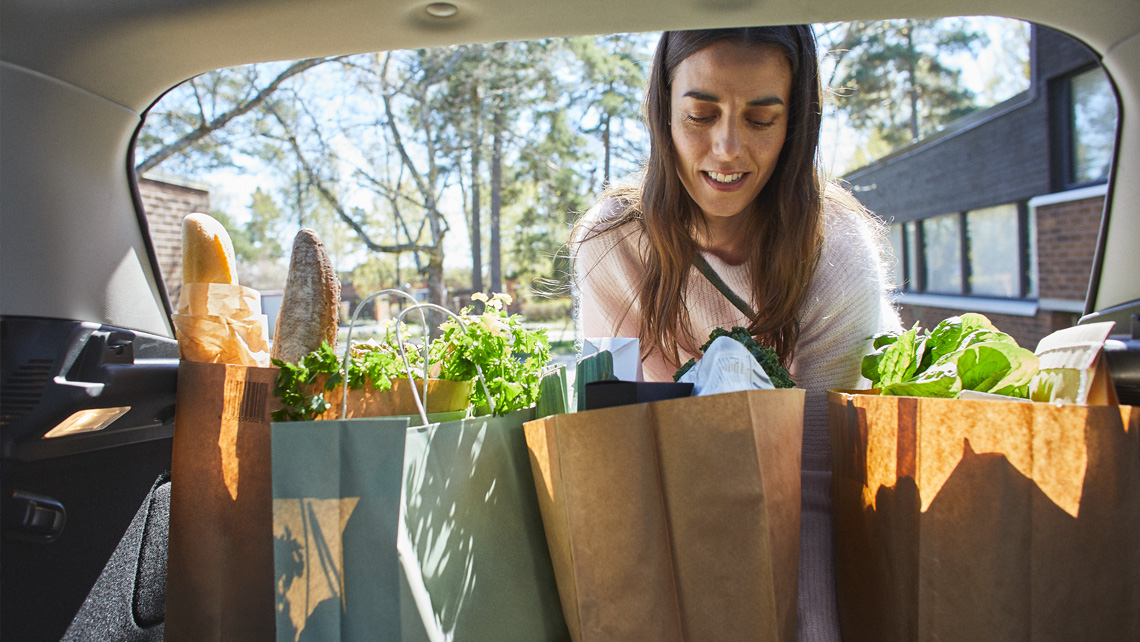Recently, 4,000 consumers shared their views on food packaging materials, food shopping and food waste with us. Now we reached out to experts and stakeholders in the food packaging value chain in Finland and asked for their opinion. Here’s how a package designer, a grocery store keeper, a plastic activist, and a CEO of a recycling company view some of the key findings from the survey.
Because people tend to associate “bio” with sustainable, municipal operators may think that biological phosphorus removal must be more environmentally friendly than the chemical alternative. Studying the facts reveals a slightly different story.
As you would expect, any packaging material that comes into contact with your food has to comply with much stricter hygiene regulations than the box your new shoes come in. The chemicals used to give food packaging its strength and stop it from leaking should stay in the packaging and not migrate into your food. But how do we help packaging manufactures ensure their products are safe?
What could be better on a hot summer’s day than cooling down with a cone or tub of your favorite ice cream? But when picking the package out of the store freezer, have you ever thought about the invisible chemical magic that makes sure your tasty treat stays safe to eat, in one piece, and looking irresistible?
Today, everyone talks about the importance of recycling and the need for circular-economy thinking – and many of us faithfully sort our garbage into paper, plastic, metals, and so on. But how green is recycling in reality?
Kemira is helping customers in the fiber-based industry to discover new opportunities through continuous development projects.
Food packaging plays an often overlooked role in the total environmental footprint of food items, affecting both product shelf-life and waste recyclability. We investigated consumers' views on food packaging materials, food shopping and food waste. More than 4,000 respondents participated in the survey conducted by our third-party research partner Taloustutkimus.
The products of the chemical industry are present in our daily lives in many ways. Clean drinking water, medicines, paperboard and paper products, and many other things around us would not be the same without chemistry.
With global demand for food and beverage packaging continuing to rise, producing hygienic board is a good business for many mills. But it’s not as simple as just maintaining the machinery and adding some biocide to keep microbial activity in check. Kemira experts discuss what it takes to ensure high hygiene of board and productivity of machine.
The circular economy can help us minimize impacts on the environment and achieve sustainable growth. Chemistry is at the heart of enabling the circular economy, and we have a key role in helping our customers achieve their circularity and sustainability ambitions.
